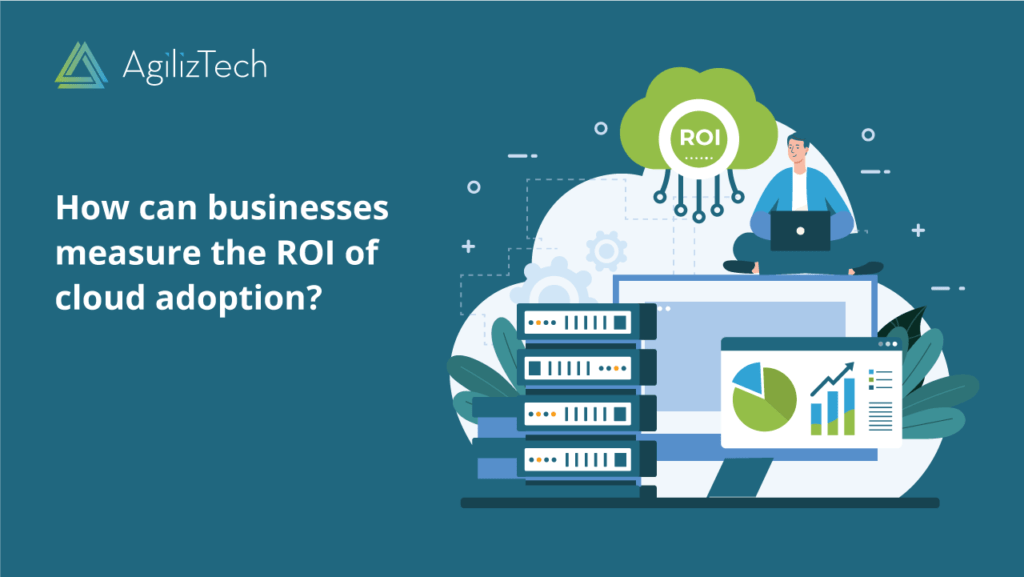In this article, we will look at How can businesses measure the ROI of cloud adoption?
Cloud computing has become a key technology for many businesses, offering benefits such as increased scalability, flexibility, and cost savings. However, as with any investment, it is important to measure the return on investment (ROI) of cloud adoption. In order to effectively measure the ROI of cloud adoption, businesses must take a comprehensive approach that includes both financial and non-financial metrics.
1. Financial Metrics:
One of the most important ways to measure the ROI of cloud adoption is through financial metrics. This includes cost savings from moving to the cloud, such as reduced IT infrastructure costs, as well as revenue growth from new business opportunities enabled by the cloud.
2. Operational Metrics:
Operational metrics are also important for measuring the ROI of cloud adoption. These metrics include measures such as improved application performance, increased scalability, and improved disaster recovery capabilities.
3. Business Metrics:
Business metrics are also important for measuring the ROI of cloud adoption. These metrics include measures such as improved customer satisfaction, increased employee productivity, and faster time-to-market for new products and services.
4. Compliance Metrics:
Compliance metrics are also important for measuring the ROI of cloud adoption. This includes measures such as meeting regulatory and compliance requirements, and managing data privacy.
5. Security Metrics:
Security metrics are also important for measuring the ROI of cloud adoption. This includes measures such as identifying and mitigating potential security threats, and ensuring data integrity and availability.
6. Time-Frame:
It is also important to consider the time-frame when measuring the ROI of cloud adoption. Businesses should establish a clear time-frame for measuring the ROI, and track progress over time.
In conclusion, Measuring the ROI of cloud adoption requires a comprehensive approach that includes both financial and non-financial metrics such as cost savings, operational metrics, business metrics, compliance metrics, security metrics and time.


